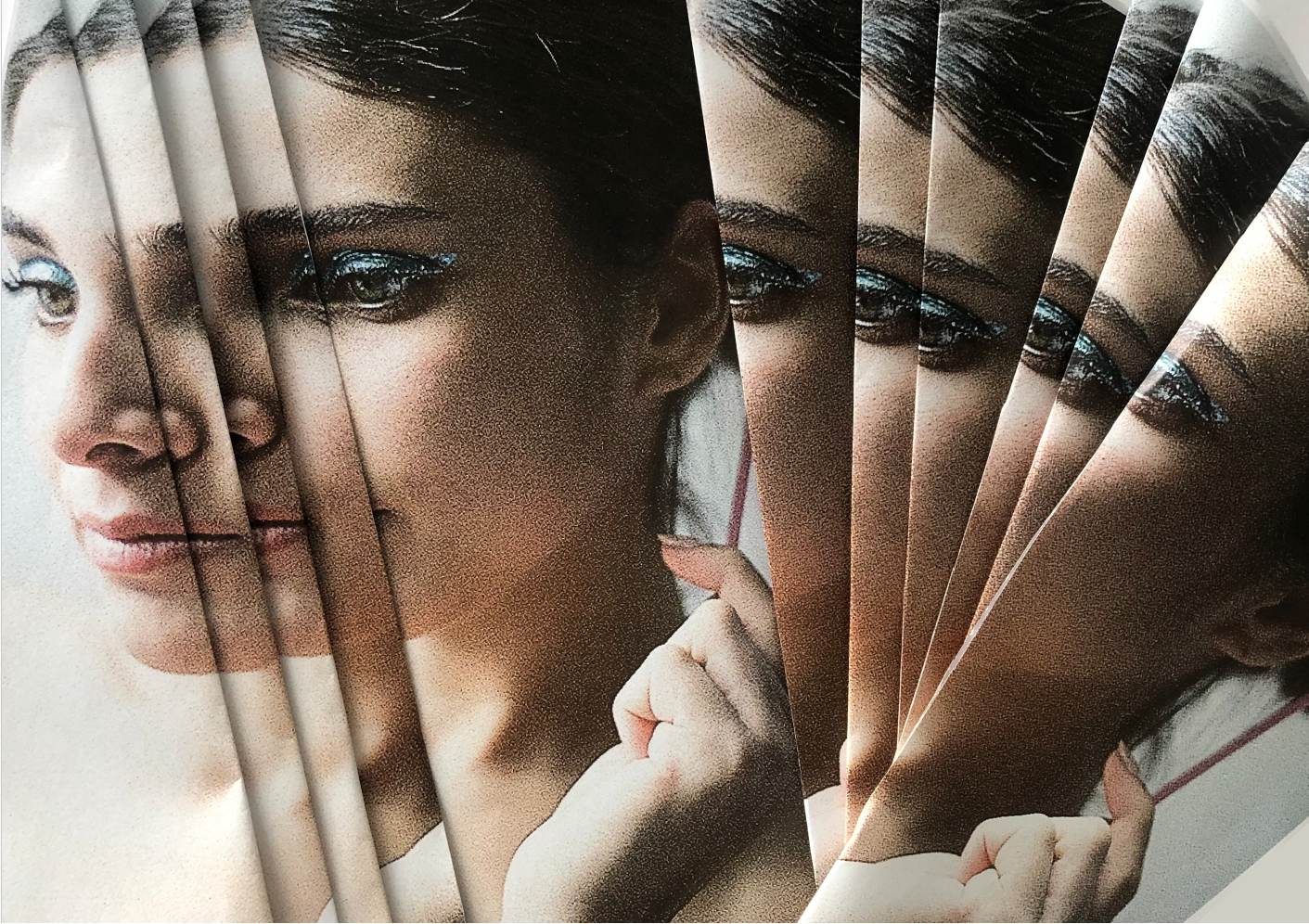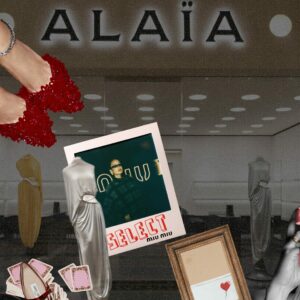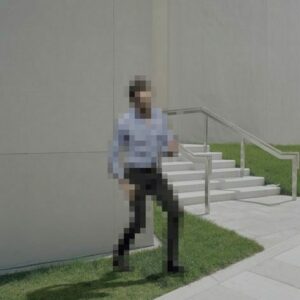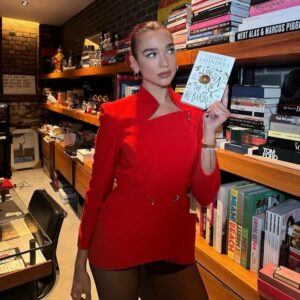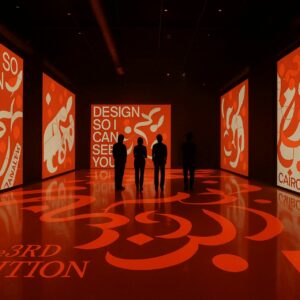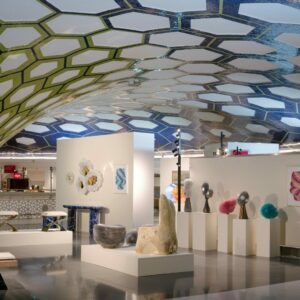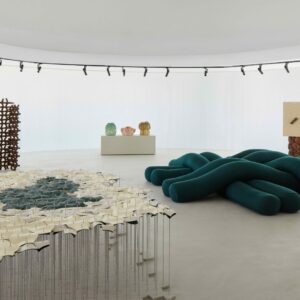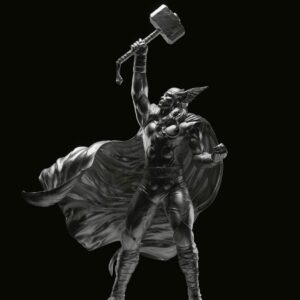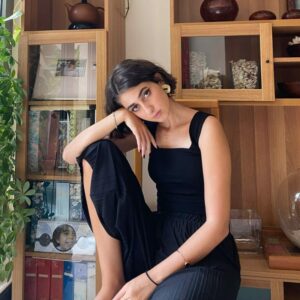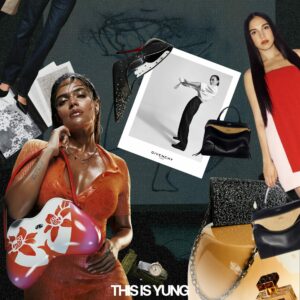Through her work, artist Mariam Ajami (Instagram) allows you to think outside of the box – where the unconscious becomes reality. Drawing inspiration from her childhood and experiences in Lebanon, Ajami’s art emerges from meticulous observation of her surroundings, aiming to convey a dreamlike interpretation of reality. In her work, she visualises a distorted and whimsical personal world, inviting viewers to explore the depths of her imaginative vision.
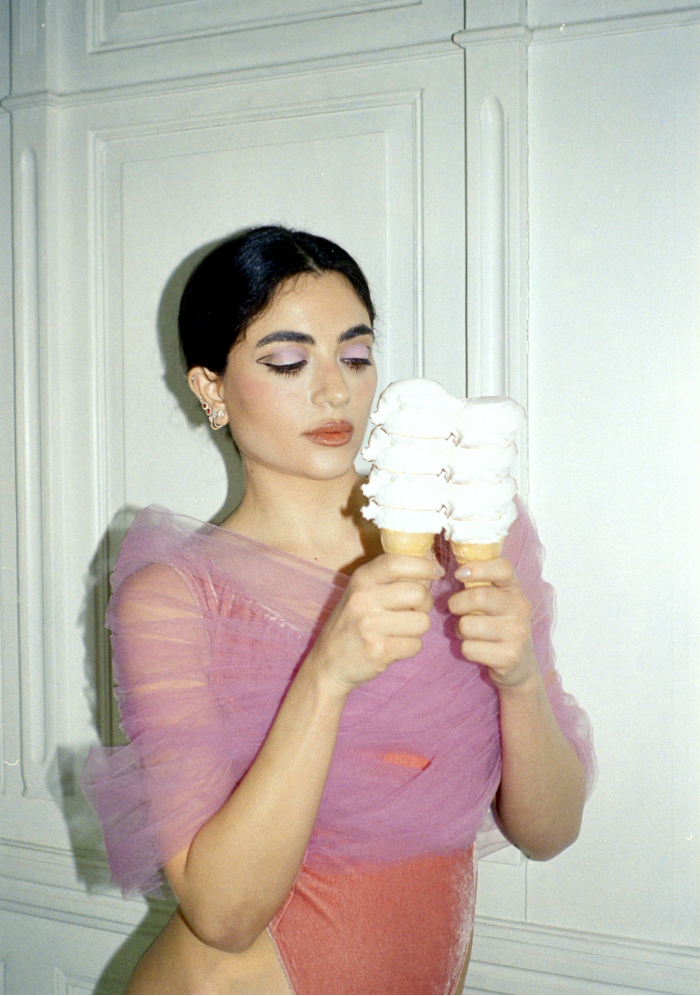
Mariam Ajami, welcome. Can you describe your artistic journey and what initially drew you to collage as your chosen medium of expression?
I started with painting and illustration. When I discovered Surrealism and Dadaism, I found inspiration in artists like Lola Dupree, Linder Sterling, and John Stezaker. Collage art captivated me because of its boundary-breaking nature. I love the idea of reimagining existing images into new narratives.
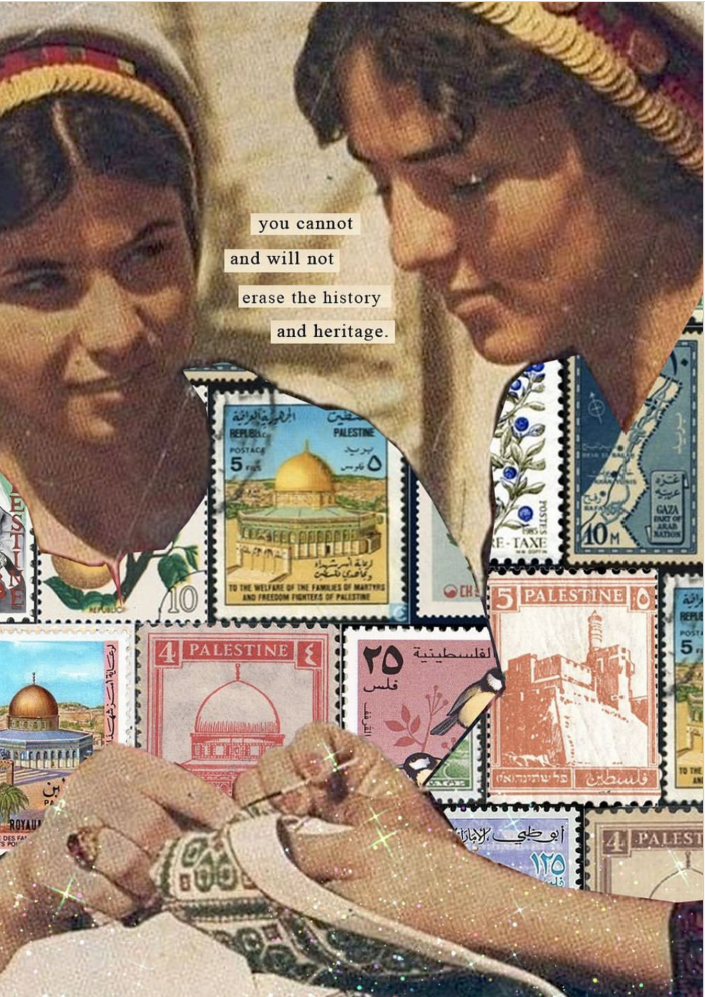
Your work is described as driven by a desire to perceive reality through a surreal lens. How do you approach blending reality and imagination in your collage artworks?
My main inspiration is Salvador Dali’s method of prolonged observation. I like to use collage to play with scale and positioning, bending recognizable elements to defy convention, this is how I infuse whimsicality into my creations. But beyond visual experimentations I prioritise having a narrative or message for each piece, which adds depth and meaning to my work.
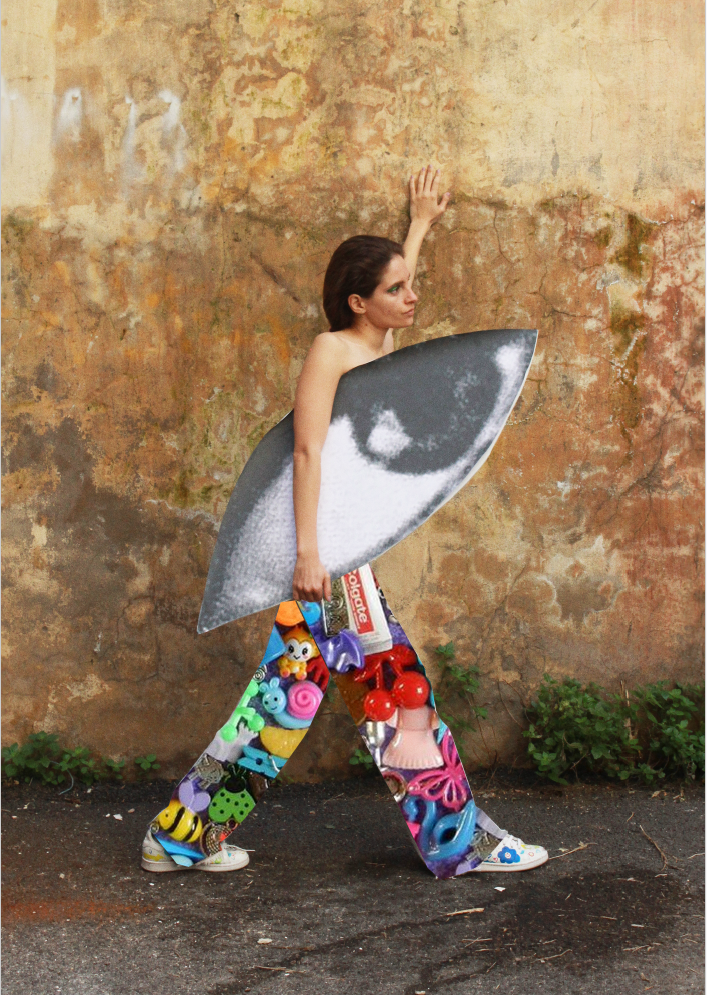
Could you walk us through your creative process, from the initial spark of inspiration to the finished collage piece?
My creative process begins with a highly automatistic approach. I’m drawn unconsciously towards particular images or aesthetics that I feel like exploring. The core of my process revolves around trial and error, it’s about giving myself the freedom to play and experiment with different elements to tell a story. As my collage progresses, I consistently evaluate if the elements present are enough, pausing until deeper meaning emerges, and I understand its significance.
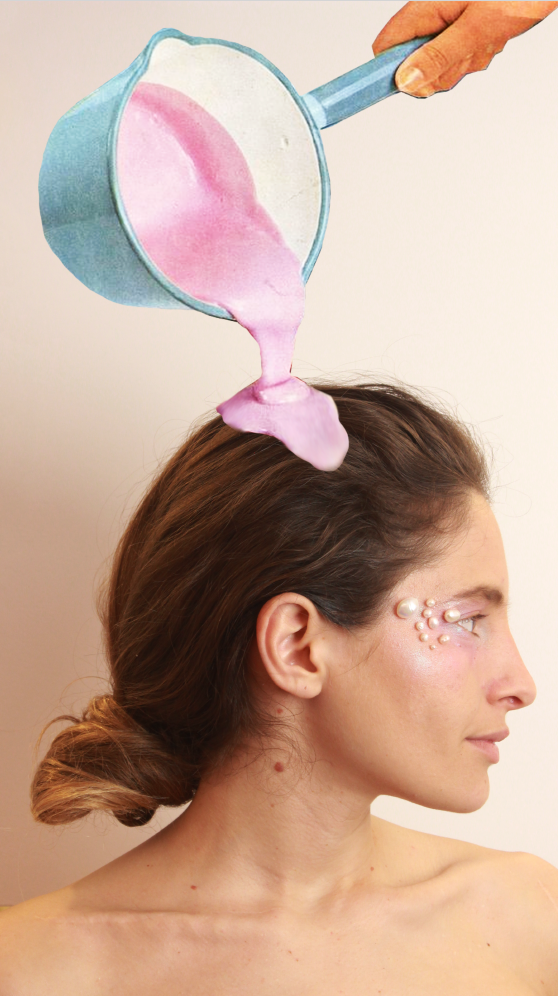
How do your childhood experiences and your time in Lebanon influence the themes and imagery present in your artwork?
With Surrealism and collage, there’s a liberating opportunity to express personal experiences or construct alternative realities. I’m proud of my Lebanese identity, although the situation of the country is undeniably challenging. I try to address our crises with satire, infusing a whimsy reminiscent of childhood innocence. My goal was to reimagine our harsh reality through an unconventional lens, presenting it in a more colourful and surreal way. Ultimately, my aim is to reveal a beauty hidden beneath disruption.
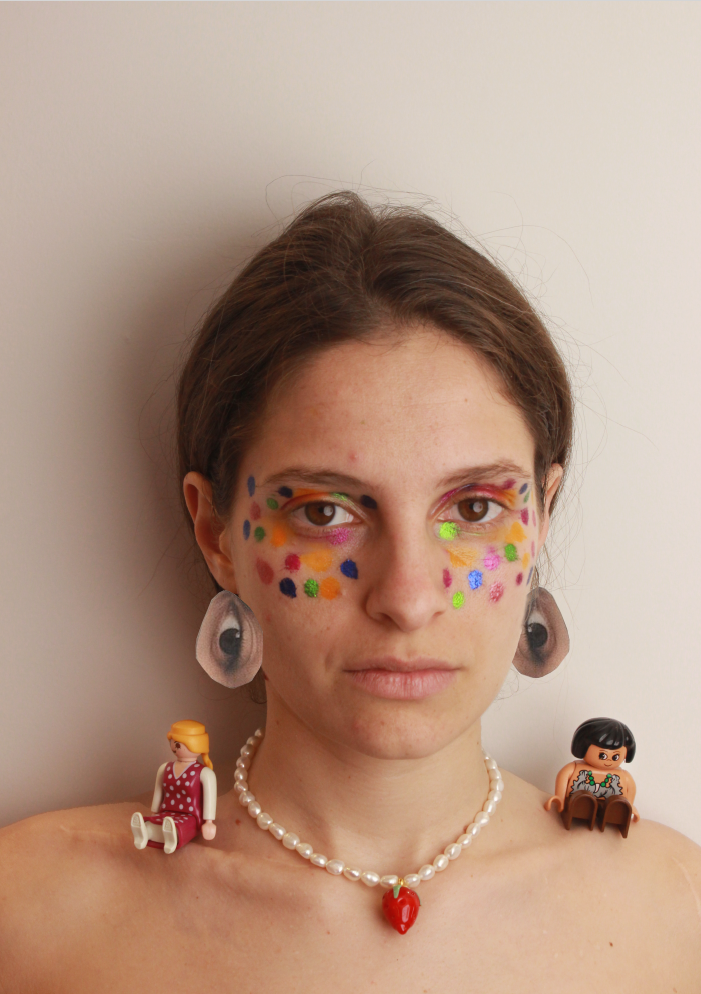
Can you share any specific techniques or tools you use to create the surreal and whimsical atmosphere present in your artwork? You’ve said that your art emerges from detailed observation and a longing to convey a dreamlike interpretation of reality. How do you balance these elements in your collage compositions?
With found images, I like combining unrelated elements. Symbolism is key in my work; using it to convey deeper meanings. When I shoot my own photos, I prefer using my film camera for the element of surprise—never quite knowing how the shot will turn out. Vintage cameras have a nostalgic charm that I enjoy contrasting with colourful elements. But with both I like sketching the story first and then finding the right way to express it.
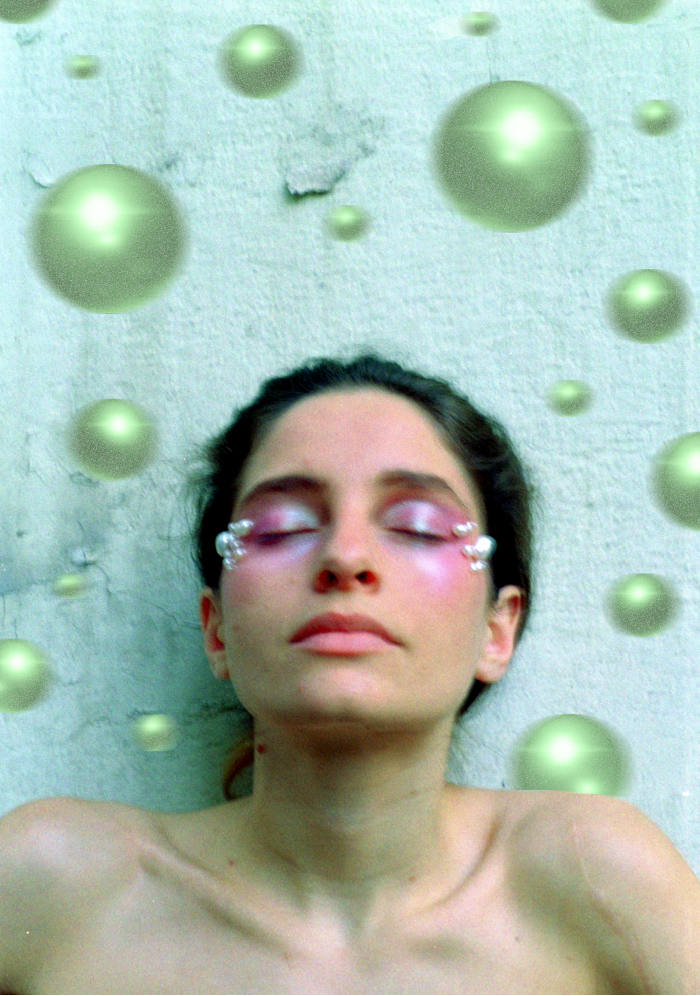
What role does automatism play in your creative process, and how does it contribute to the spontaneity and fluidity of your collage creations?
It’s the basis of my work. There is a certain magic in allowing yourself to create purely to experiment. Automatism allows your subconscious to speak, and it’s always interesting to look back at a piece and ask yourself, “What do I mean by this?” and build on that. It’s like having a conversation with yourself.
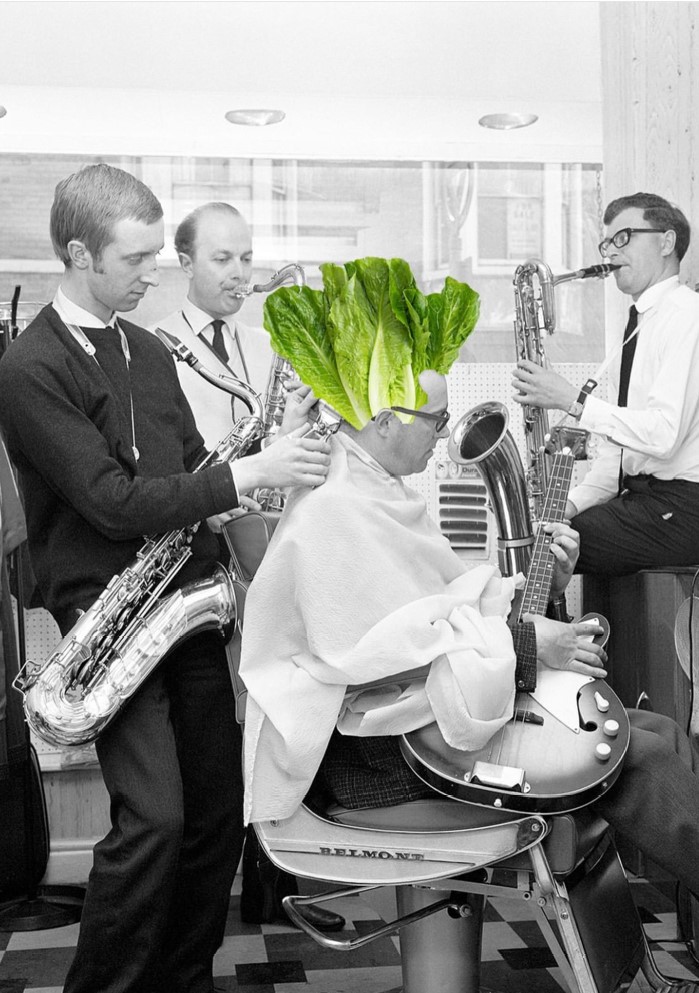
How do you decide which objects and elements to include in your collages, and what significance do they hold for you personally?
It’s about what makes sense for the story I’m telling – my aim is always to mix unconventional elements, the personal symbolism doesn’t have to be universally understood. I love getting my inspiration from children’s novels. It’s interesting to see how they communicate metaphors. The themes I chose to explore aren’t always cheerful, so I use vibrant colours or nostalgic childhood elements to establish a contrast.
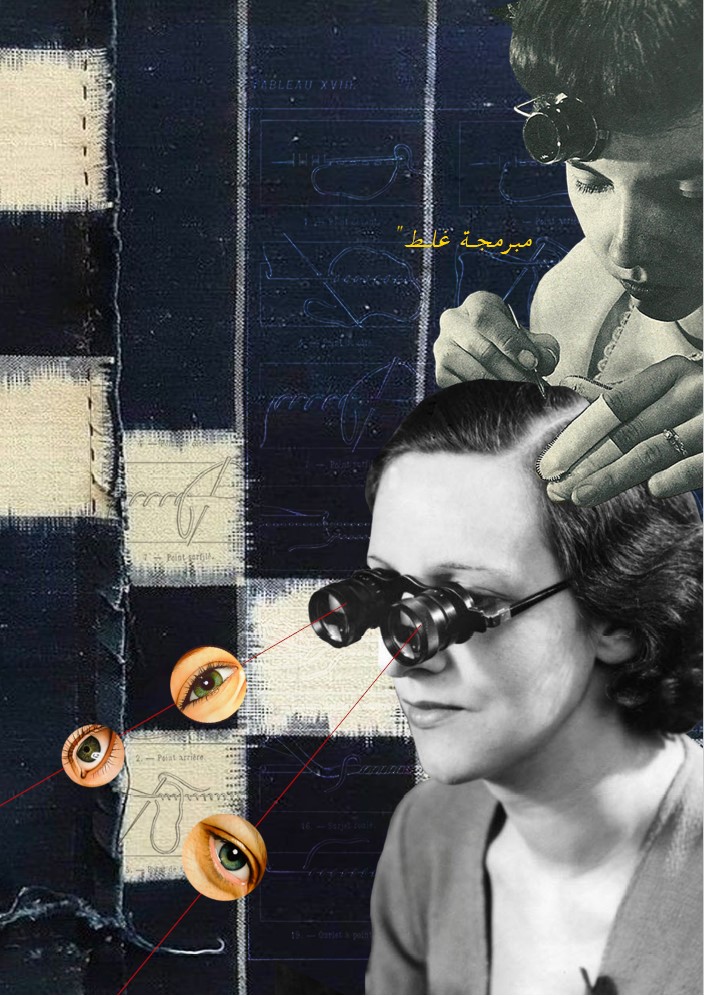
Your work visualises your own distorted and whimsical personal world. How do you hope viewers will interpret and connect with the narratives you create in your artwork?
What fascinates me about collage is its ability to tell a compelling story. Viewers often draw their own conclusions based on personal experiences. My aim is to provide a window into my world, I want to encourage viewers to reflect on the elements that make up their own reality – to look at yourself through the world that you imagine and to find new ways to piece things together.
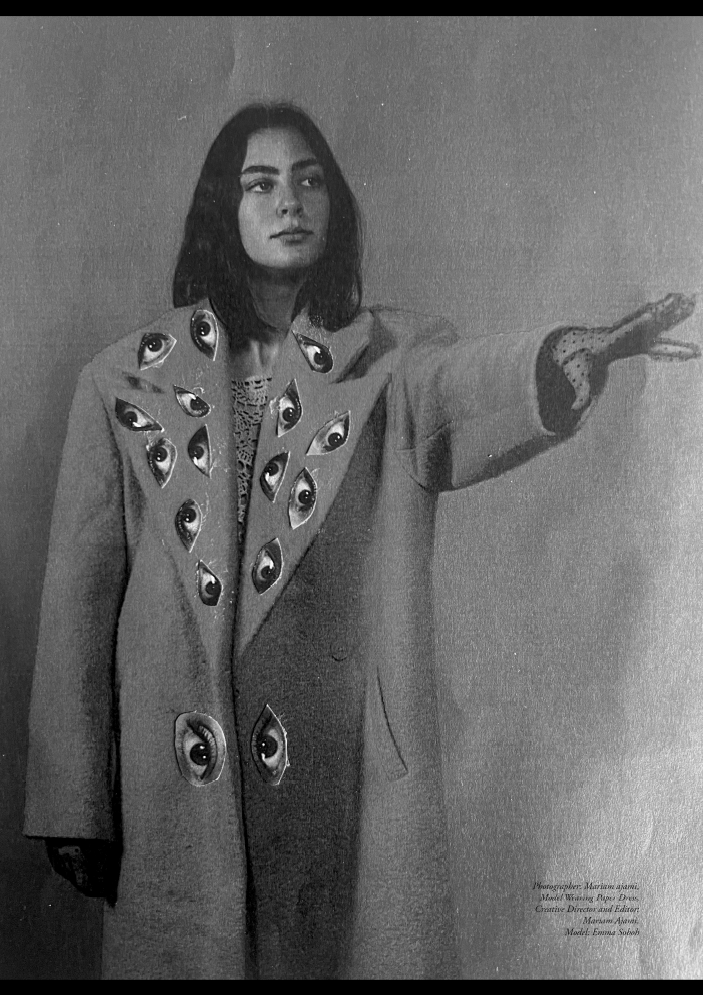
For more stories of art and culture, like this interview with Mariam Ajami, visit our dedicated archives.
